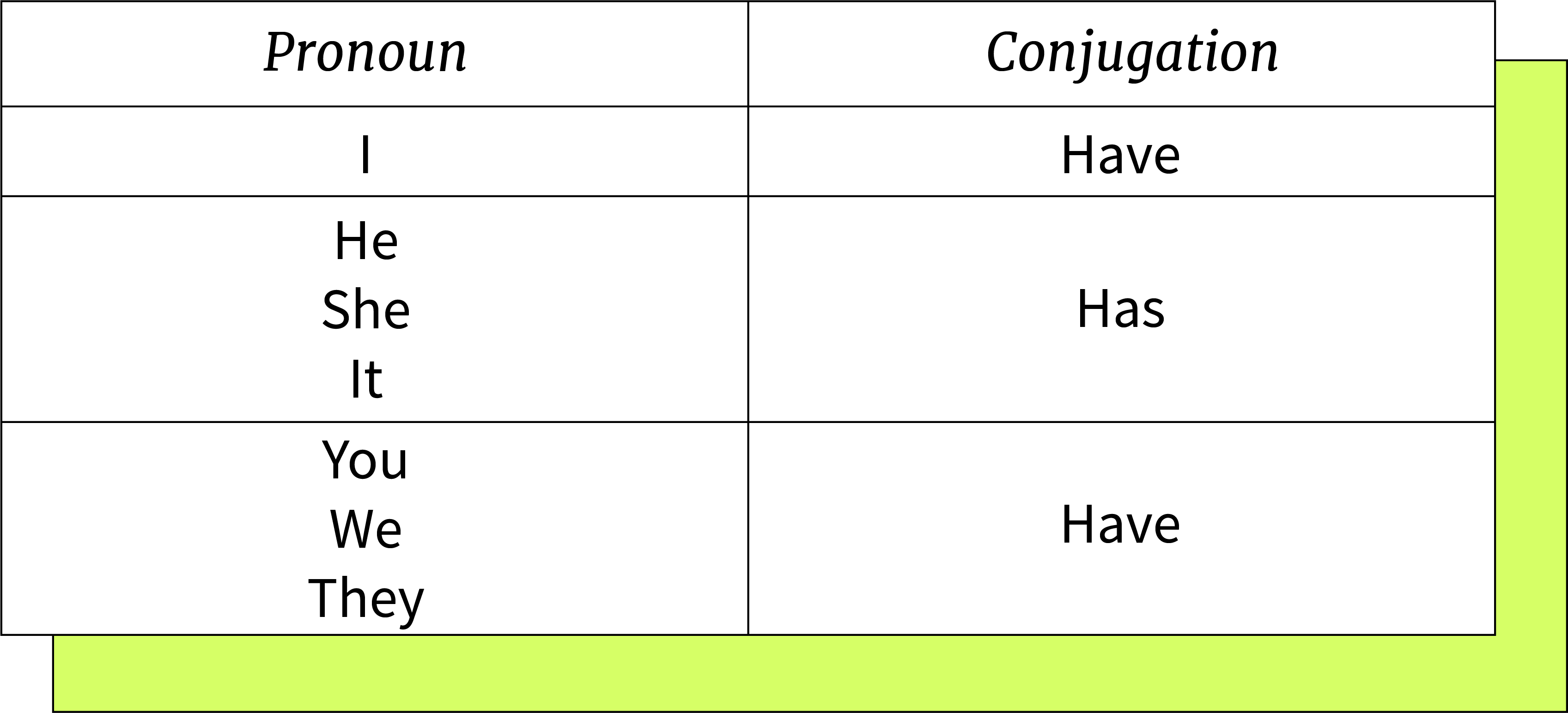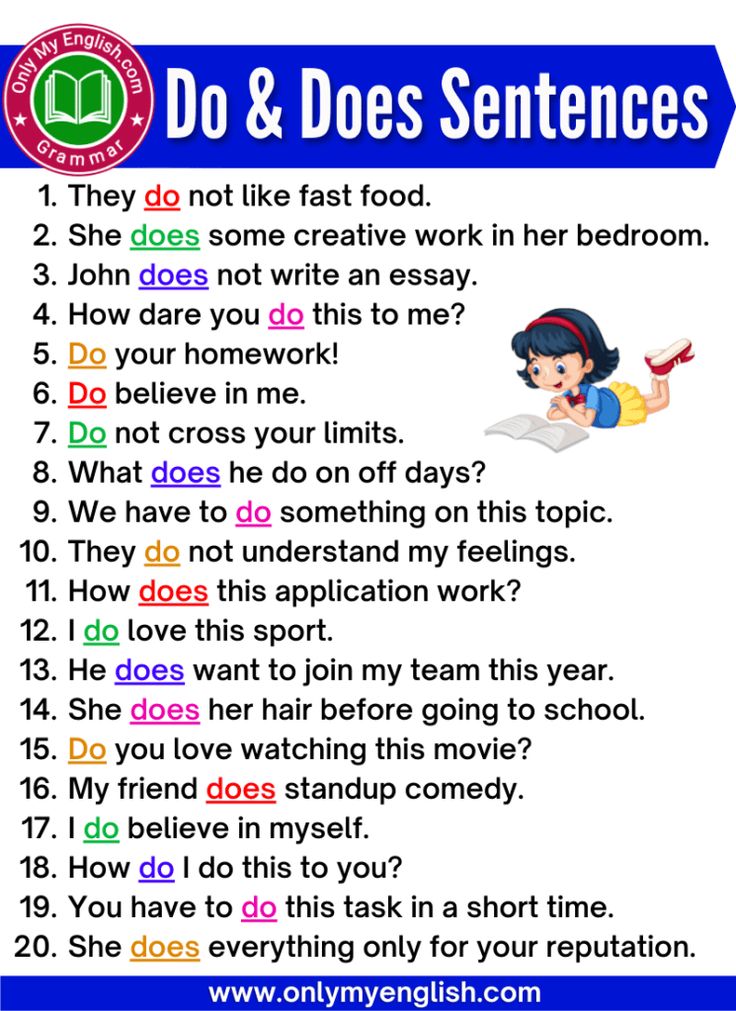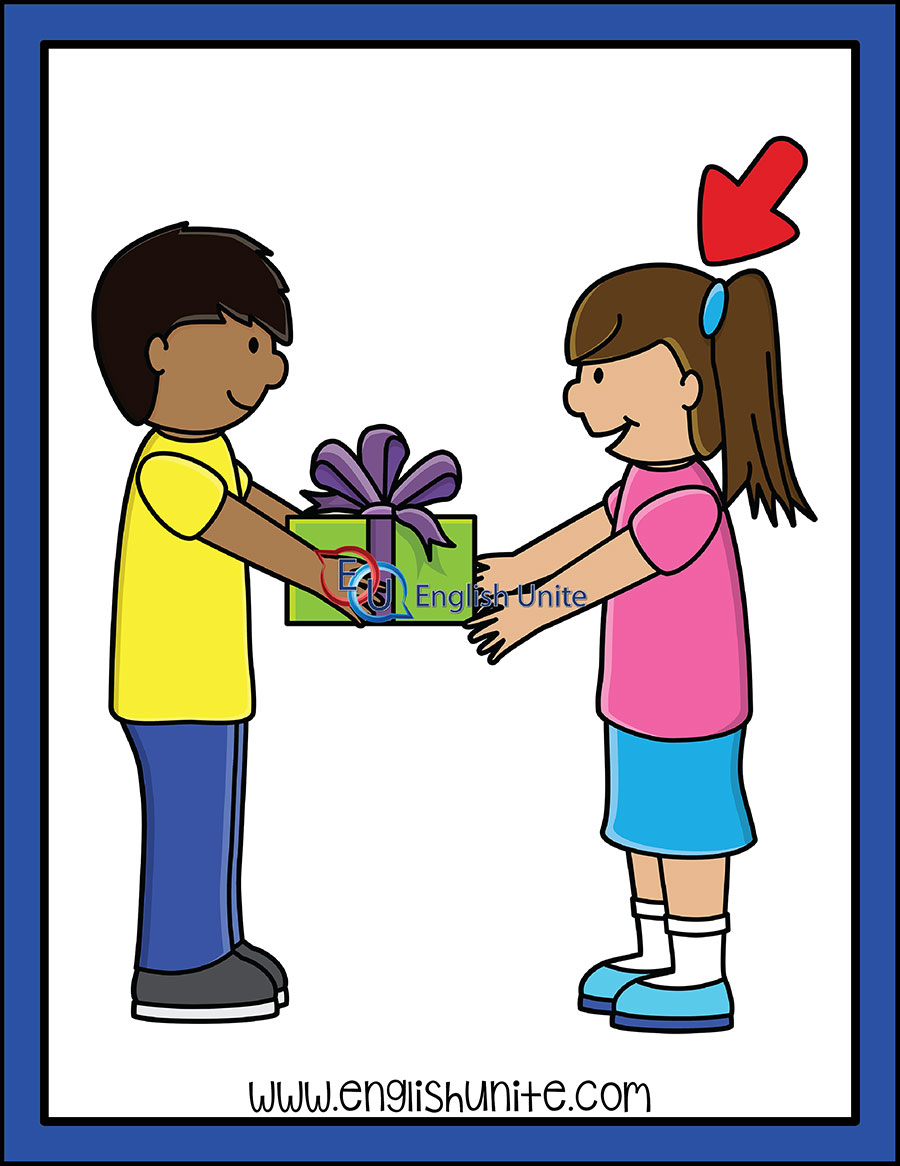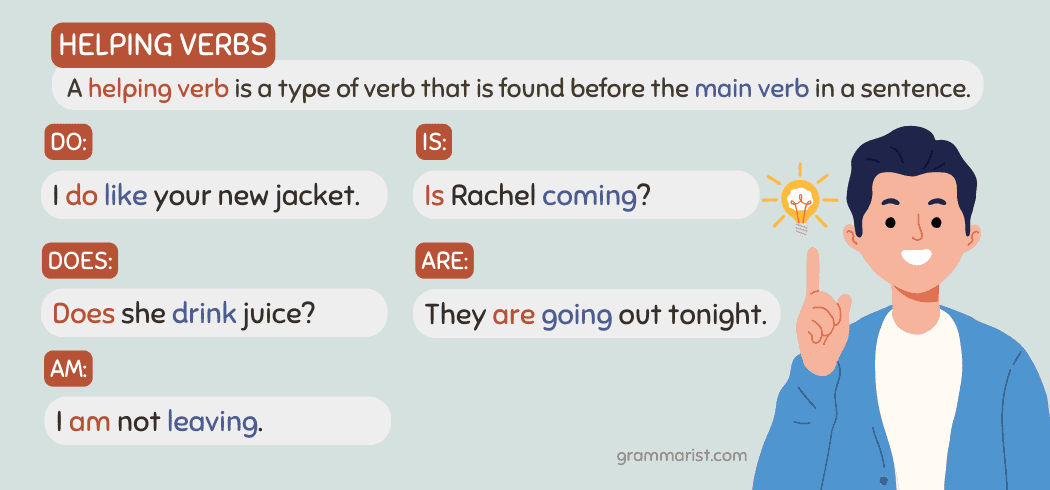Mastering Written Communication: How to Deliver Bad News to Customers with Empathy and Clarity
Introduction: The Importance of Delivering Bad News Effectively
In business, delivering bad news to customers via written messages is an unavoidable yet critical skill. The way you communicate disappointing updates-whether about delays, product issues, or service interruptions-directly impacts customer trust, satisfaction, and long-term loyalty. Executed poorly, it can lead to negative reviews, lost business, and reputational harm. Done well, it can actually strengthen relationships and demonstrate your professionalism. [1] This article presents actionable guidance and real-world examples for delivering bad news to customers through written communication, ensuring empathy, transparency, and clarity at every step.

Source: chegg.com
Preparation: Gathering Facts and Understanding Impact
Before crafting your message, it is critical to gather all relevant facts. This means understanding the full scope of the issue, its causes, and the direct implications for your customer. Preparation should include:
- Clearly identifying what happened and why.
- Anticipating customer questions and concerns.
- Preparing solutions or alternatives, if available.
For example, if a shipment is delayed, know the reason, the expected new timeline, and what steps are being taken to prevent recurrence. [1] This thorough preparation enables you to answer questions confidently and helps maintain transparency.
Crafting Your Message: Structure, Clarity, and Tone
Written messages delivering bad news should be clear, concise, and empathetic. The following structure is recommended:
- Begin with empathy : Acknowledge the customer’s feelings and inconvenience.
- State the news clearly : Avoid ambiguity and negative terminology, but do not sugarcoat the facts. [4]
- Explain the situation : Briefly provide context for what happened and why.
- Offer solutions or alternatives : Provide actionable next steps or compensation if appropriate.
- Reaffirm commitment : Reassure the customer of your dedication to resolving the issue and preventing future occurrences.
- Invite further dialogue : Encourage the customer to reach out for questions or support.
This approach helps reduce anxiety, maintains trust, and positions your business as accountable and caring. [1]
Examples of Effective Written Bad News Delivery
Consider these real-world examples:
- “I’m sorry to inform you that your shipment has been delayed due to unforeseen circumstances. We are working to resolve the issue as quickly as possible and will keep you updated.” [2]
- “We have discovered a defect in the product you purchased. We apologize for the inconvenience and will provide a replacement or a full refund. Please let us know how we can assist you further.” [2]
- “I regret to inform you that our service is experiencing an outage. We apologize for any inconvenience and are working to restore service as soon as possible. Please get in touch with us if you need any support.” [2]
These examples illustrate the use of empathy, honesty, and clear solutions, all essential for effective bad news delivery.
Timing and Setting: When and How to Deliver the Message
Although written communication is often necessary, consider the timing and method carefully. Deliver the message promptly-delays can worsen customer frustration-and select a channel appropriate for the sensitivity of the news. For highly personal matters, a phone call or video meeting may be better, followed by a written summary. [1] For less urgent issues, a well-crafted email or customer portal message usually suffices.
Ensure privacy and allow customers time to process the news. Avoid sending difficult messages late on Fridays or before holidays, when customers may feel unsupported. [1]
Actionable Steps for Written Bad News Communication
Follow these steps for every written bad news message:
- Prepare a draft : Outline the message and review for clarity, empathy, and factual accuracy. Avoid legal admissions unless verified by your legal team. [4]
- Review language : Use positive, solution-focused language when possible. Avoid drama and negative terminology. [5]
- Provide practical solutions : Clearly state what the customer can expect next-replacement, refund, timeline, or further steps. [5]
- Include contact information : Invite the customer to discuss their concerns or seek further support. Many companies provide customer service phone numbers or dedicated email addresses for urgent matters.
- Follow up : After delivering the bad news, follow up to ensure the customer’s concerns are resolved and to gather feedback for process improvement. [3]
If your organization offers customer service or escalation support, direct customers to those resources. For government or regulated industries, advise customers to search for official program names or contact the relevant agency directly.
Alternative Approaches and Overcoming Challenges
Some situations require tailored approaches:

Source: solutioninn.com
- For high-value clients , consider personalized outreach followed by written documentation.
- If the news is legally sensitive , have legal review the message.
- For recurring issues , address root causes and explain preventive measures.
Common challenges include customer anger, loss of trust, or negative social media feedback. Mitigate these by remaining calm, honest, and proactive in offering solutions. If you anticipate strong reactions, prepare your team to respond with empathy and practical support. [5]
Maintaining Relationships and Turning Challenges into Opportunities
Delivering bad news can be an opportunity to demonstrate your commitment to customer satisfaction. By handling difficult situations with professionalism, you can build loyalty and trust-even when outcomes are unfavorable. [1]
Consider following up with a gesture of goodwill, such as a discount or complimentary service, if appropriate. Always document communications for future reference, and use customer feedback to refine your processes.
Summary of Key Takeaways
- Prepare thoroughly by gathering all facts and understanding customer impact.
- Craft messages that are empathetic, clear, and solution-oriented.
- Communicate promptly and via the most appropriate channel.
- Offer practical solutions and invite further dialogue.
- Review and follow up to ensure customer satisfaction and process improvement.
For more in-depth training on customer communication, consider enrolling in professional customer service de-escalation programs or seeking resources from established business education organizations. [1]
References
- [1] Peaceful Leaders Academy (2024). Delivering Bad News to Customers With a Positive Approach.
- [2] Myra Golden (2024). The Art of Giving Bad News to Customers.
- [3] OTO (2024). How to Deliver Bad News to a Client.
- [4] Lumen Learning (2019). Bad News | Communication for Professionals.
- [5] Superior School NC (2024). How to Deliver Bad News to a Client: 11 Tips.
MORE FROM eboxgo.com













